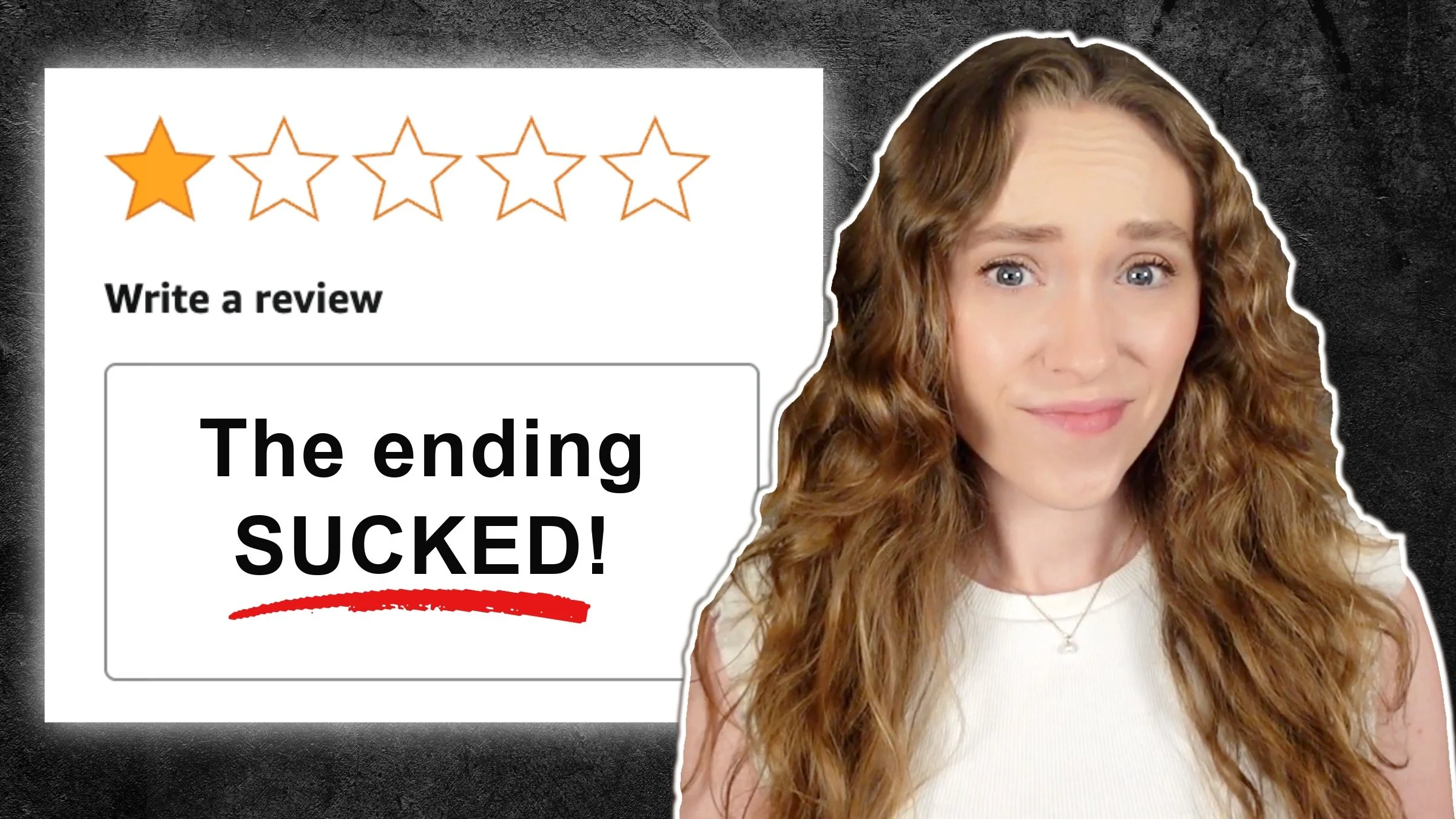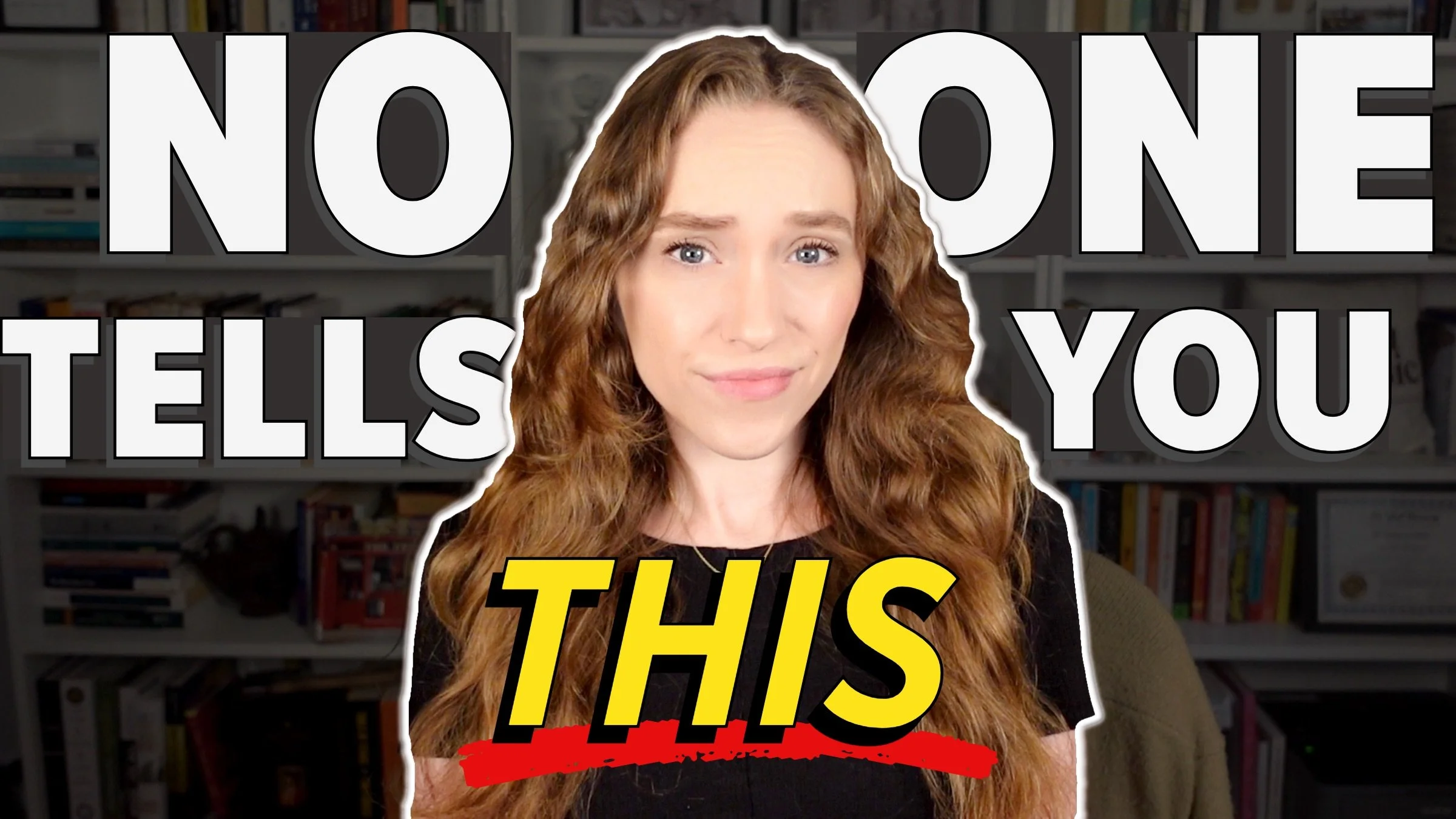How to Write Conflict That Keeps Readers Turning Pages
HIT PLAY OR READ THE POST BELOW:
Conflict is absolutely essential to writing an effective story. If you aren’t treating conflict appropriately in your narrative, then it's unlikely you're going to be able to engage readers from beginning to end. Conflict is what gives your plot a sense of propulsion; it's what fuels us to want to keep reading to see whether that conflict is going to be overcome or not. It helps you establish and maintain suspense, and without conflict, your narrative can end up feeling stagnant and boring.
But writing conflict is not an easy skill to master, so today I'm going to walk through five tips to help you conceptualize how conflict should manifest in your story. I'm also going to give you some practical ways you can make your conflict more compelling so that your readers keep turning the pages.
1. Know the Difference Between External and Internal Conflict
My first tip for how to write conflict is to know the difference between external and internal conflict. In any story, the conflict manifests in two ways: either external or internal. Some amount of both types of conflict is necessary for the most engaging and complex stories. Mastering conflict ultimately requires a deep understanding of the differences between these two types.
External conflict involves outside forces that are bearing down on the protagonist and creating obstacles that are keeping them from reaching their goals. This is the type of conflict that people typically think about when they're thinking about narrative conflict, and it tends to be what drives the plot events forward.
To give you a well-known example, in the novel Ender's Game, the highly competitive and intense battle school environment that our protagonist Ender is in serves as a main source of external conflict. In this environment, he is constantly feeling pressure bearing down on him.
On the flip side, internal conflict deals with emotional struggles and challenges that your protagonist is dealing with internally. This conflict is manifesting inside their own head, but it is just as important as external conflict because internal conflict is what allows the reader to extend empathy to your character. It makes us feel more connected to them and their struggles because we all have internal conflict inside of us.
So, to go with that same example from Ender's Game, Ender also deals with internal conflict as he realizes the true nature of the battles that he is performing in his training. We see him reckon with his sense of ethics and his moral compass. Both the internal and external conflict play off each other and make the narrative engaging.
2. Make Sure Your Protagonist’s Objective is Clear
My next tip for writing compelling conflict is to make sure that your protagonist's objective is clear. In a narrative, your protagonist's objective and conflict go hand in hand. So, defining your protagonist's objective is a key component of how to write conflict because your conflict is going to be what gets in the way of the protagonist achieving their goal.
It can be helpful to do a simple exercise here to establish your protagonist's objective and the main source of conflict. So, for your story, try to fill in the blanks:
My protagonist wants X, but Y and Z are getting in their way (with Y and Z referring to sources of external and internal conflict).
For the Ender's Game example, Ender wants to become the top military commander; that's his objective. But the intensity of battle school and his own moral struggles are getting in the way. Those are the sources of external and internal conflict.
It's important that your protagonist's objective, at least their initial objective, is established pretty early on in the story because you want to come in with some sort of conflict that creates intrigue in the story. The pleasure of reading the story is going to come from seeing the protagonist confront obstacles and challenges and seeing whether or not they're able to overcome them and meet that objective.
3. Maintain Conflict Throughout the Story
My next tip for writing conflict is to maintain that conflict throughout the story. If at any point the conflict fizzles out or disappears entirely, it's likely your pace is going to drag, and the reader is going to become less interested. If everything is going fine and dandy for your protagonist, if they no longer have any obstacles that they're facing or challenges they're reckoning with, then your story is going to start to feel pretty stagnant and mundane. You'll lose that sense of intrigue that you created when we saw them facing obstacles.
This issue often manifests in what we call a sagging middle. This happens when you create a point of conflict early in the story, but then partway through, it is resolved, and then we still have a lot of narrative to go and not really any conflict that the character is dealing with. The story ends up losing steam midway through.
To address this, you want to make sure that some amount of conflict is maintained throughout the entirety of the story. Even if your protagonist does overcome that initial challenge in the first third or first half of your novel, you either want to create a follow-up struggle that they now have to grapple with or emphasize a broader challenge they're still dealing with that has yet to be resolved. If you resolve everything too prematurely, then there's not going to be enough fuel for the reader to get all the way to the end of the story.
4. Make the Sources of Conflict Believable
My next tip for writing compelling conflict is to make the sources of conflict believable. Make sure that your conflict is portrayed believably in your story. If the sources of conflict feel too far-fetched or out of the blue or overly convenient, then you are running the risk of eroding the reader's trust in your storytelling, and they could disengage.
For example, this could happen if you introduce an antagonist or a villain character seemingly out of nowhere. They come in out of left field with really no buildup. This can make it feel like they were really just plastered onto the story to create conflict where there wasn't any, instead of feeling organically woven into the narrative.
This could also occur with your internal sources of conflict. For instance, if we see a protagonist hung up on something but we don't understand why they're so hung up on it, that source of conflict is going to feel less believable and less compelling. Perhaps we see a protagonist who's convinced they can't tell their best friend about their new crush, and this is eating away at them. But if we don't understand why they feel like they can't tell their best friend about their crush, then this is not really going to be an effective source of conflict.
The bottom line is you don't want your conflict to feel overly manipulated or engineered. It should be rooted in your character's circumstances and feel organic to the story.
5. Resolve the Conflict Effectively
My final tip for writing conflict in your novel is to resolve the conflict effectively by the end of the story. Your reader is going to expect some kind of payoff regarding this conflict. After all, they've spent hundreds of pages watching your protagonist come up against these struggles, and by the end, we do want to get some sense of resolution and closure.
Now, that doesn't necessarily mean that your protagonist has to perfectly solve all of their challenges and everything is tied up in a perfect bow, and we see them go off into the sunset happily. You can certainly still have some unresolved sources of conflict lingering at the end of the story, but you still want to make sure all the story's events ultimately add up to something and that there has been some kind of growth or development as we have seen the protagonist go through those struggles.
Make sure that whatever resolution there is at the end of your novel feels earned. Make your protagonist work to resolve those sources of conflict. The conclusion won't feel as satisfying if all of the protagonist's problems just magically vanish or disappear. Remember that conflict should ultimately inform your protagonist's character arc. How did facing and potentially overcoming those challenges and obstacles change them? And what did they learn by the end of the story?
I hope this helped you better understand how to write conflict that is effective and keeps the readers turning the pages from beginning to end. Thanks so much for reading, and happy writing!






